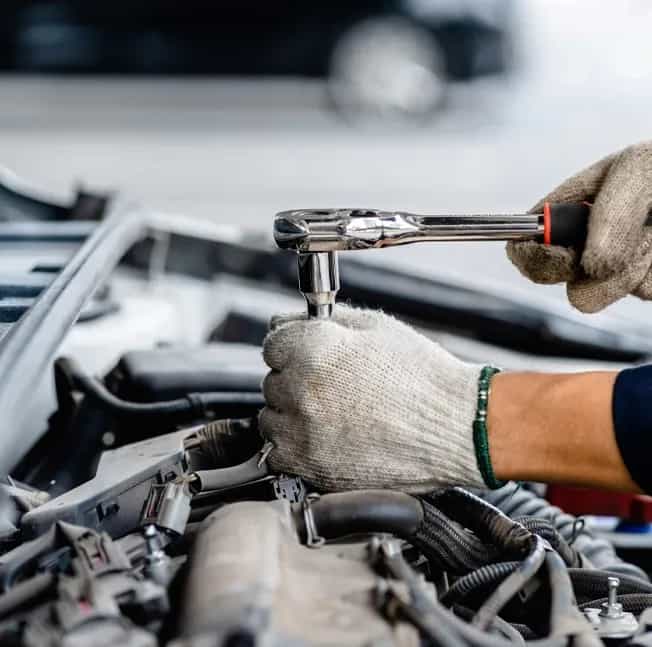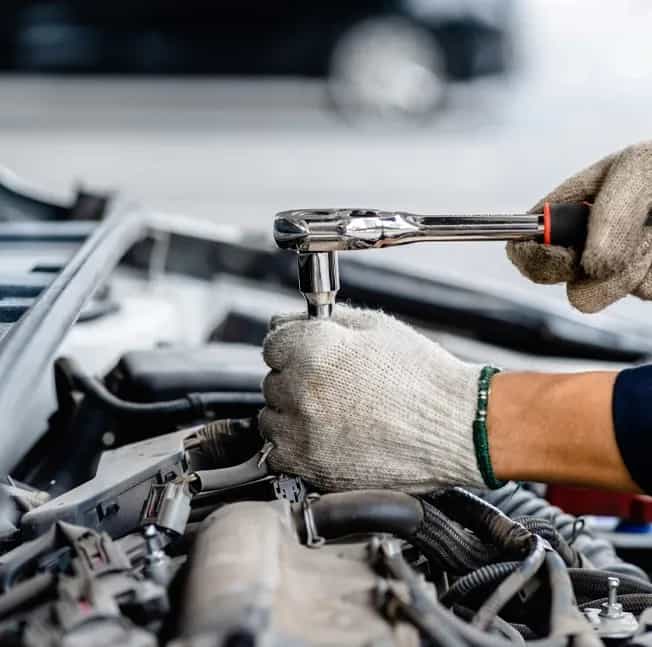Jan . 14, 2025 11:28 Back to list
hydraulic ram oil seals


When it comes to installation, ensuring the correct fit and alignment of hydraulic ram oil seals is paramount. Misalignment can lead to seal failure, resulting in costly downtime and repairs. It's crucial that those responsible for the maintenance of hydraulic systems are equipped with the expertise to recognize the signs of seal wear and understand the procedures for replacing seals efficiently. This includes inspecting the surface finish of the cylinder rod, which should be smooth and free from defects to prevent seal damage. Regular maintenance checks can enhance the longevity and performance of hydraulic ram oil seals. This involves monitoring for signs of leakage, checking system pressure levels, and replacing seals at the first indication of deterioration. Moreover, utilizing high-quality seals from reputable manufacturers can considerably boost the reliability of hydraulic systems. These manufacturers invest in research and development to improve seal designs, delivering products that offer better seal integrity and reduced friction, which in turn extends the service life of the hydraulic system. In conclusion, hydraulic ram oil seals are vital components that warrant careful selection, installation, and maintenance. Those who oversee the operation of hydraulic systems should be well-versed in the attributes and limitations of various seal materials, as well as the operational requirements of their specific machinery. By prioritizing regular inspections and using high-quality products, businesses can avoid unnecessary operational disruptions and enhance the overall efficiency and reliability of their hydraulic systems. The performance of these seals has a far-reaching impact on the productivity and sustainability of operations relying on hydraulic power.
-
The Trans-formative Journey of Wheel Hub Oil Seals
NewsJun.06,2025
-
Graphene-Enhanced Oil Seals: Revolutionizing High-Pressure Oil Sealing
NewsJun.06,2025
-
Future of Hydraulic Sealing: Advanced Intelligent TCN Oil Seals
NewsJun.06,2025
-
Don’t Let a Broken TCV Oil Seal Ruin Your Day
NewsJun.06,2025
-
Bio-Inspired Dust Seals for Better Sealing Performance
NewsJun.06,2025
-
Biodegradable and Sustainable Hydraulic Seal Materials
NewsJun.06,2025
-
Top Oil Seal Solutions for Your Industrial Needs
NewsMay.22,2025
Products categories
















